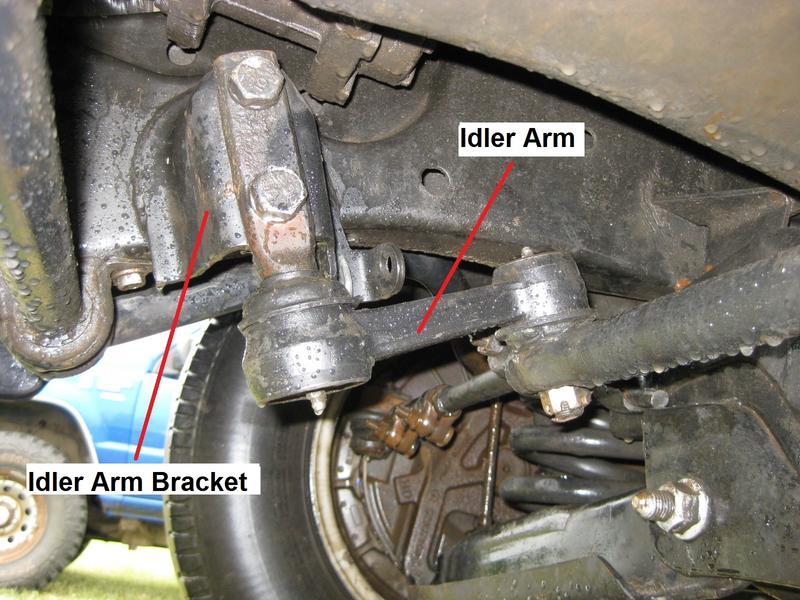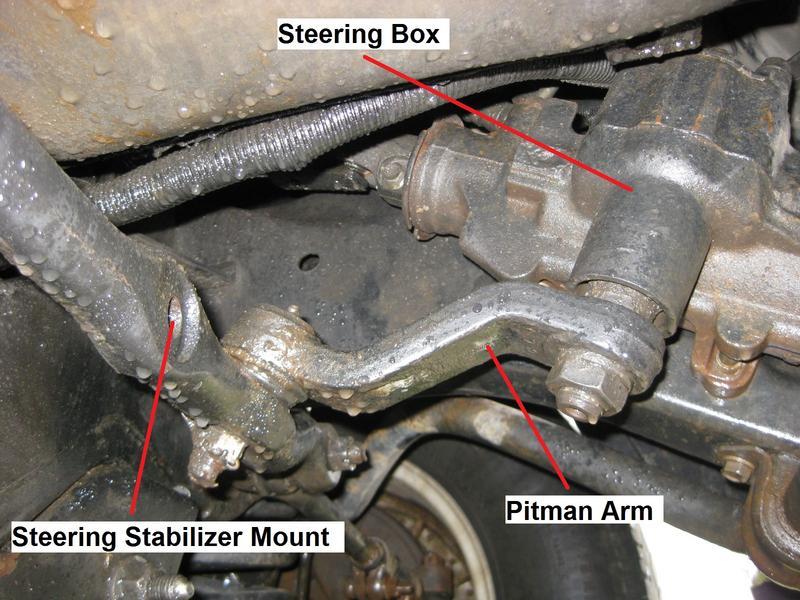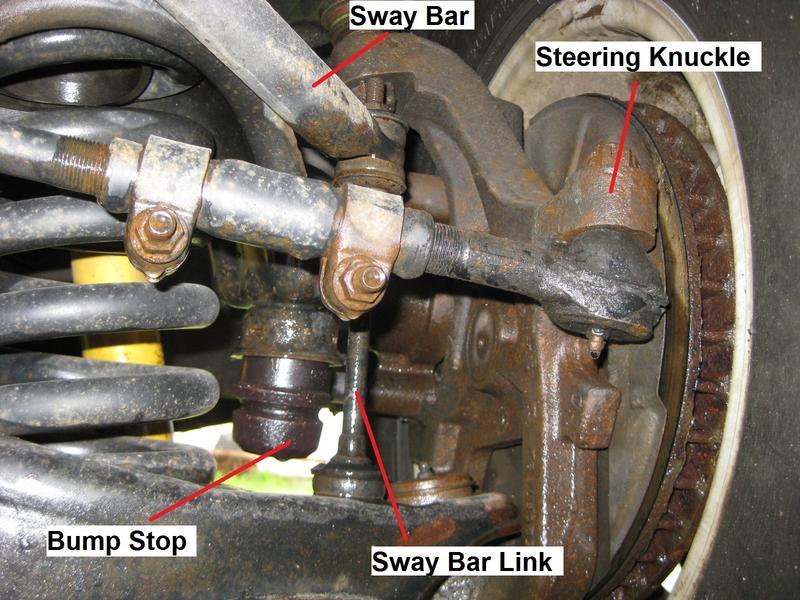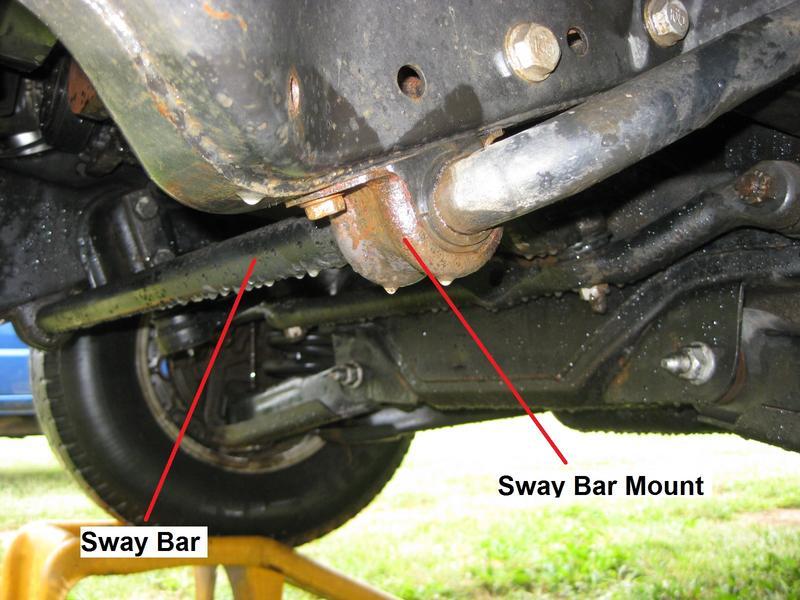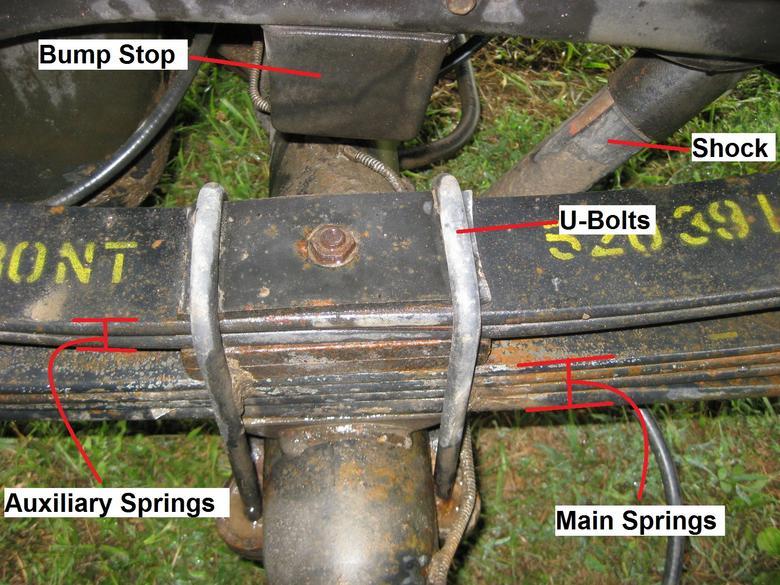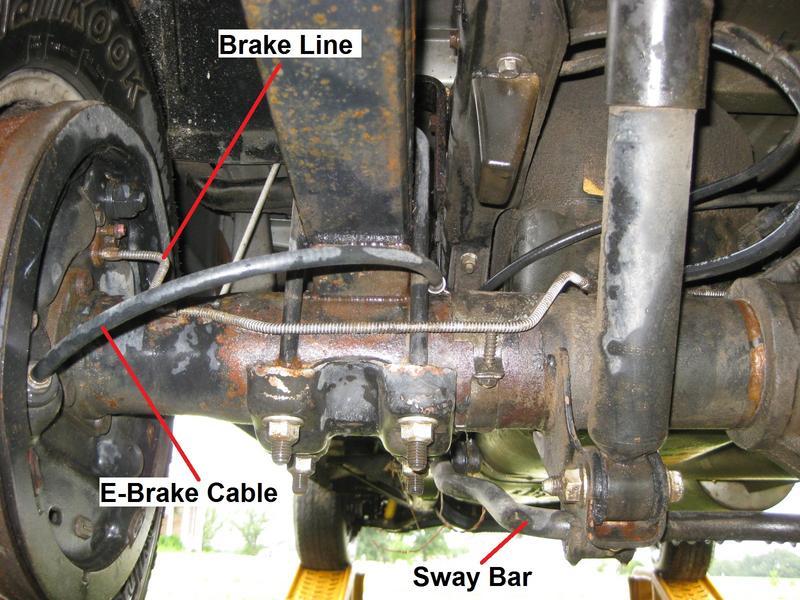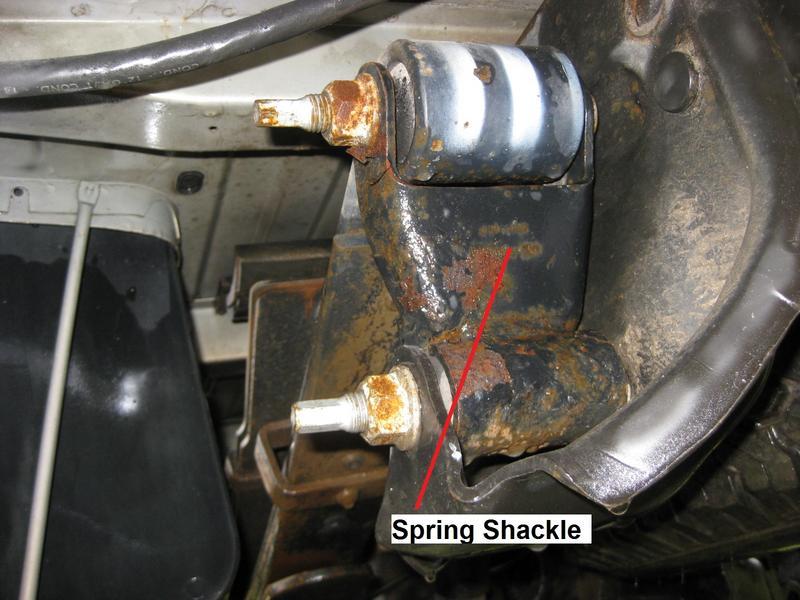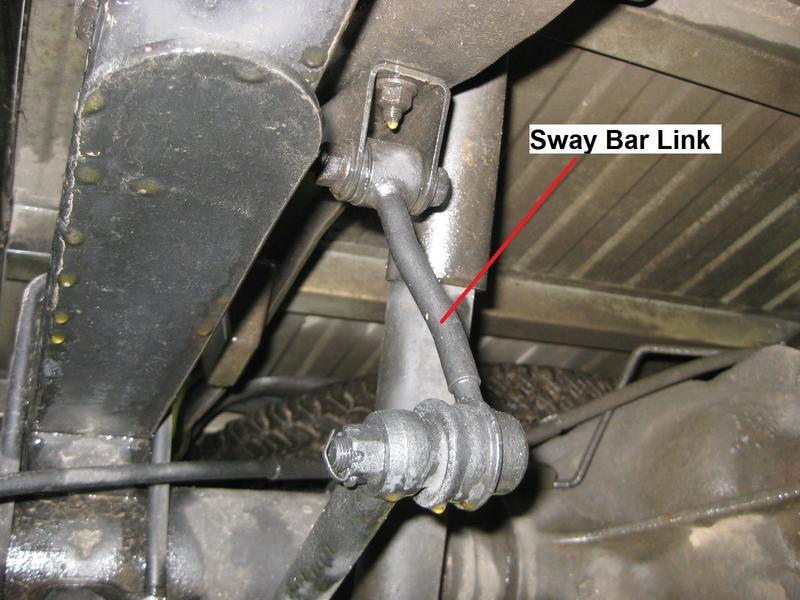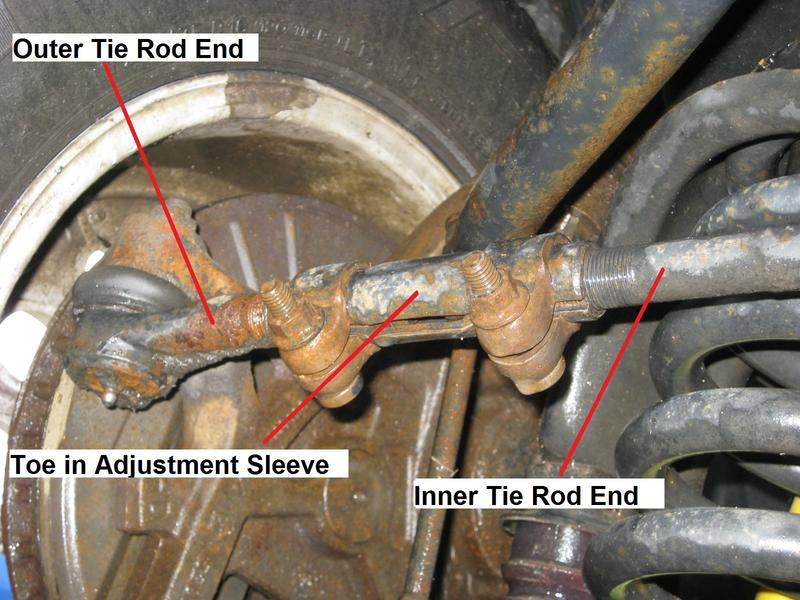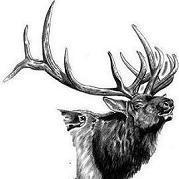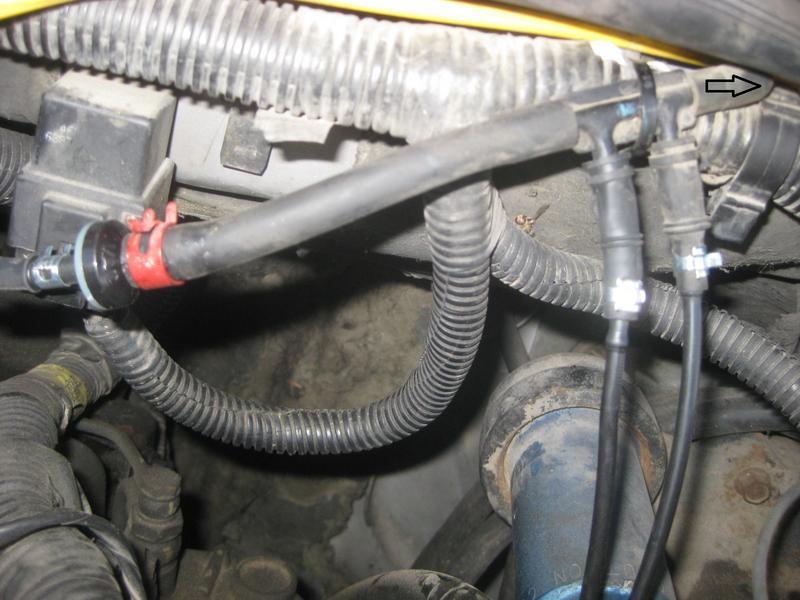Leaderboard
-
in all areas
- All areas
- Marker
- Events
- Event Comments
- Files
- File Comments
- File Reviews
- Images
- Image Comments
- Image Reviews
- Albums
- Album Comments
- Album Reviews
- Blog Entries
- Blog Comments
- Topics
- Posts
- Cummins Articles
- Cummins Article Comments
- Cummins Article Reviews
- Vendors
- Vendor Comments
- Vendor Reviews
- Ads
- Ad Comments
- Ad Reviews
- Policies
- Policy Comments
-
Custom Date
-
All time
December 14 2009 - June 28 2025
-
Year
June 28 2024 - June 28 2025
-
Month
May 28 2025 - June 28 2025
-
Week
June 21 2025 - June 28 2025
-
Today
June 28 2025
-
Custom Date
07/04/2010 - 07/04/2010
-
All time
-


LiveOak
Yearly Subscription1Points863Posts
Popular Content
Showing content with the highest reputation on 07/04/2010 in all areas
-
Dodge Ram Steering/Suspension Components
I am going to try and get a thread going showing all the components on the truck that aren't part of the engine (since I know we have many diagrams throughout the site showing that). I will start with steering and add stuff as I think of it. Here are all the Steering and Suspension components. This is on a 1997 2500 2wd, I will get pics up of 4wd steering components when I get some. Thanks for the help AH64ID! I just got 4wd pics now but I guess there is a 10 pic limit so scroll down to my next post for them.1 point
-
I need some help with steering components..
Here is the 3rd gen steering. Its not the most clear. Here is the 2nd Gen... ---------- Post added at 03:06 PM ---------- Previous post was at 02:59 PM ---------- Correct, and correct.. As you can see on some rigs the tie rod connects in the drag link (2nd and 3rd gen), and on some the tie rod attaches to the knuckle separately (like some of the photos you linked).. I think the latter is a stronger and better setup.1 point
-
I need some help with steering components..
A: Idler armB: Part of the Idler arm, never heard a different name for it. C: Inner Tie Rod EndD: Toe in adjustment sleeve (not sure on name)E: Outer Tie Rod EndF: Tie RodG: Mount for steering stabilizerH: Pitman ArmI: Bump StopJ: Sway Bar Link, FrontK: Steering KnuckleL: Shackle (or reverse shackle, since the spring is above it)M: Sway Bar Link, Rear1 point
-
Cruise Control issues
1 pointNot sure if you guys have the vacuum actuated cruise control or not. If the vacuum lines have any leak at all, the cruise control will act very weird. This can be hard to chase since mine was acting weird but when you hooked a vacuum gauge on it, I was seeing 30" Hg just idling.. But I ignored that and got new vacuum line connectors and even got some of those tiny little compression clamps to ensure everything was sealed. My cruise is very very smooth now. If you go out to your truck after you have shut it off, you can pull one of the caps off like I show in the pic and it should have vacuum even after a day of sitting. Another way to check it is to turn the truck to the vents that blow air on your head, go back out later and turn the key on but don't start the truck, turn the blower on and it should still be blowing through those vents, if it loses vacuum, it will have defaulted back to the defrost since that uses no vacuum. You can also hook a vacuum gauge up to it and come back after a while.1 point
-
Useful Dodge Websites
1 pointTowing Guide http://www-5.dodge.com/towing5/D/vehicle_to_weight.jsp Generic Build Sheets for 2004+ http://www.dodge.com/bodybuilder/year.pdf To get a build sheet for your truck email them with your VIN and ask for a build sheet. http://www.dodge.com/wccsapp/universal/D/index.jsp?appStr=wccs&titleStr=Contact+Dodge&familyStr=brand&franchise=D&actionURL=%2Fwccs%2Fbrand_forms%2Fus%2Fwebform.jsp&promotion=null&category=U1 point
-
firewall holes
1 pointMark, The lift pumps (and I use the term EVER so loosely with Carter pumps) DO indeed damage the VP-44. Aside from supplying fuel to the VP, the lift pump's secondary but just as important mission is to cool the VP with adequate fuel flow. The VP can fail is various fashions, the rotor seizes (engine failure), timing failure (rupture of the diaphram for the timing piston), and VP-44 computer failure (typically due to overheating) http://www.bluechipdiesel.com/fassinfo.html http://www.bluechipdiesel.com/vp44diagnostichelp.html http://www.dieselpumprepairs.com/#/vp44-failures/4533030669 The VP-44 even in the best of operational conditions is not immune from failure but ensuring an adequate (read inexhaustable supply of clean, good quality fuel, at a minimum of 12 psi or higher) will help to keep the pump cool as well as properly lubricated and thereby provide the best chances for long life. Yes, some of these articles say 5 psi is really all you need. In my opinion, you need much more than that. Enough fuel pressure and volume to not only feed the pump, lubricate, and cool it, but to have enough to open up the excess fuel return back to the tank. This in my opinion will provide the maximum amount of protection. Marginal or bad lift pumps don't damage or take out the VP-44 all at once or in any one failure event but DO so over a period of time and number of events not supplying the proper amount of volume or pressure. Originally I balked at the idea of spending $500 and the work to install my Air Dog but finally did so after I replaced my 3 lift pump and my VP-44 failed with a P0216 in the LAST month of warranty. Now my fuel pressure stays NAILED to 18 psi once the engine has warmed up and the heater grids stop cycling. With all of the money I spent on lift pumps, pump relocation kits, larger fuel lines, etc. I could have just bought my Air Dog and installed it being money ahead of the game and very likely might still have my original OEM VP-44 installed. I agree that it shouldn't be this way and the Dodge should have stepped up to the plate, recalled ALL of these trucks and installed either the Air Dog or FASS or similar pump as soon as this problem appeared......but welcome to the "New" America built on "Crowney Capitalis", "screw the customer or the next guy just as long as it gets you ahead", and "the ends justifies the means" business model and general thinking process.1 point



